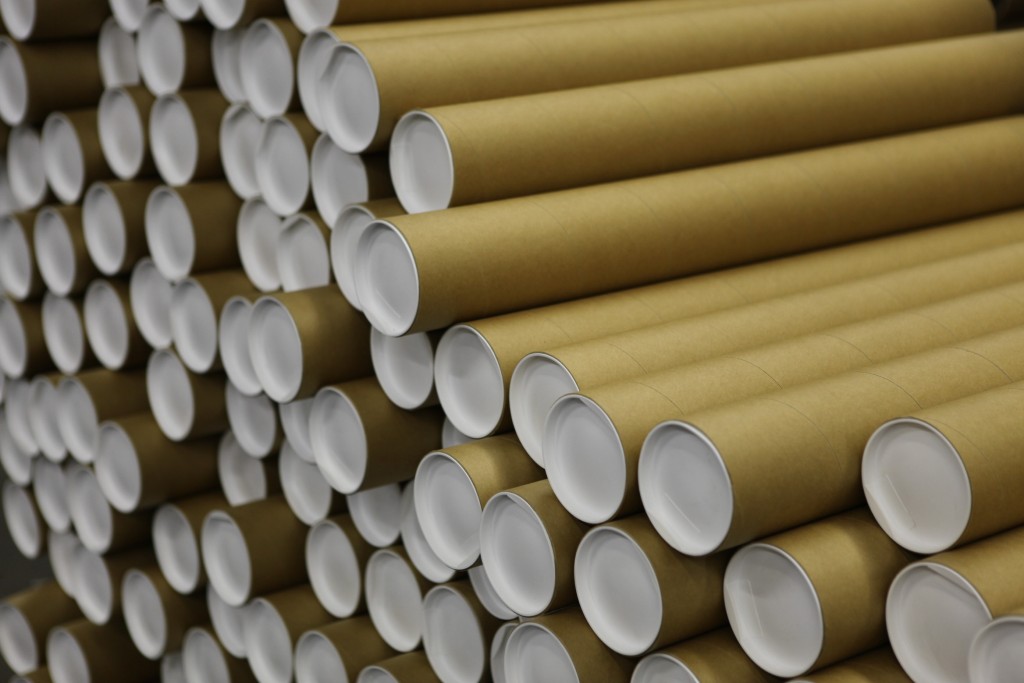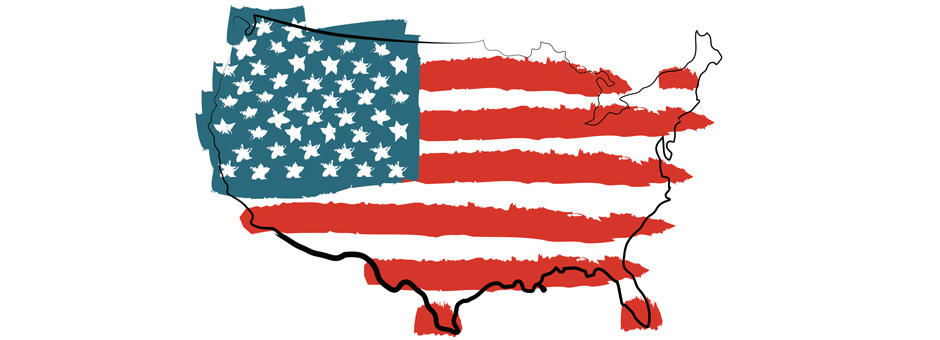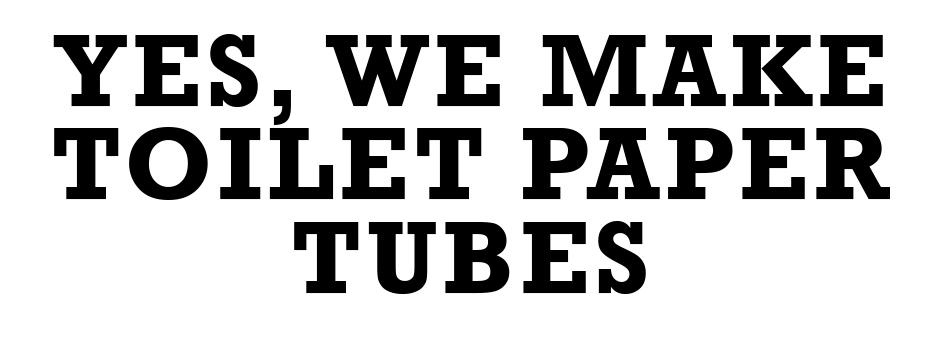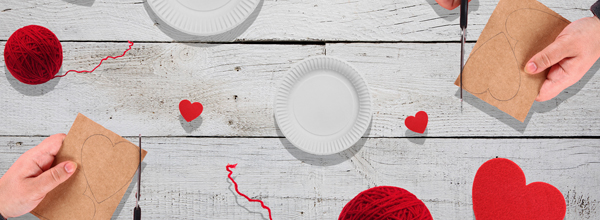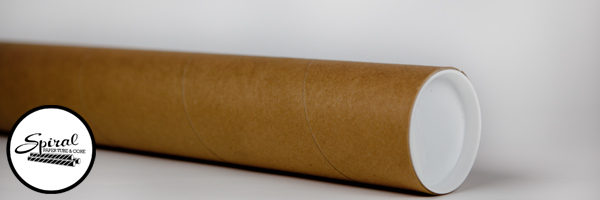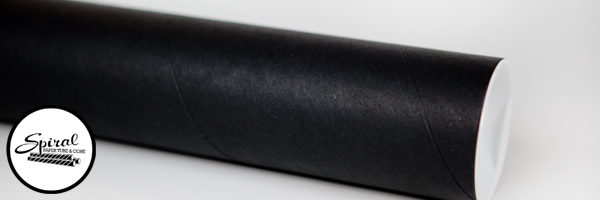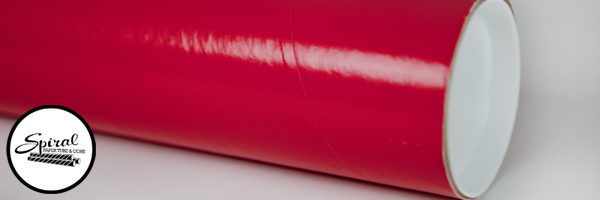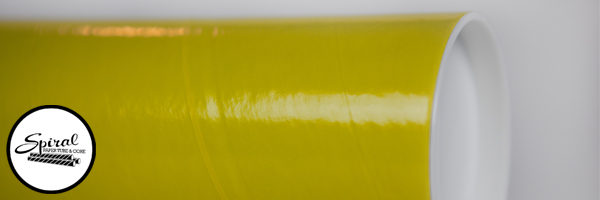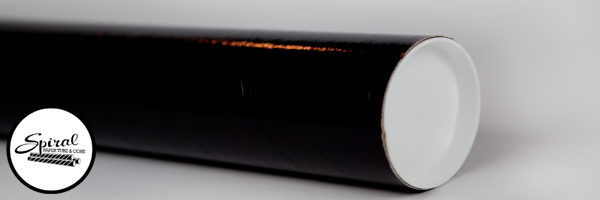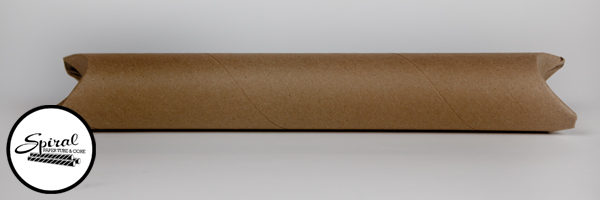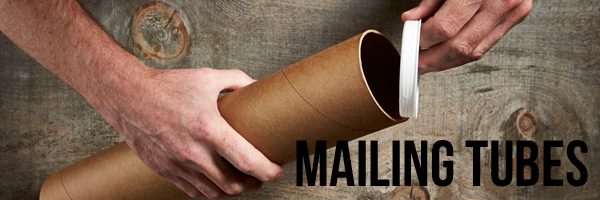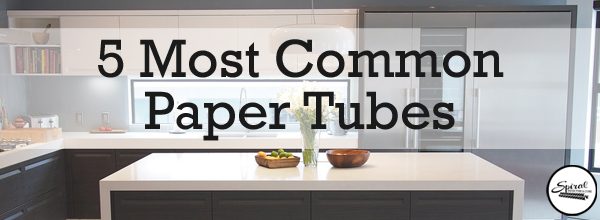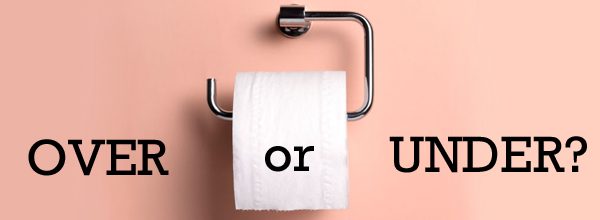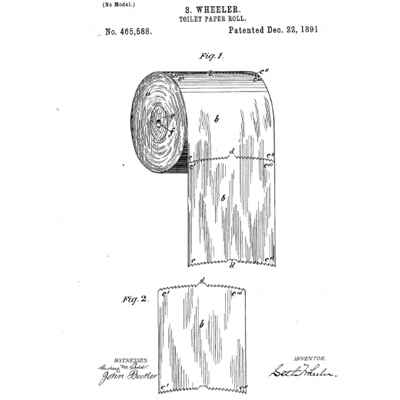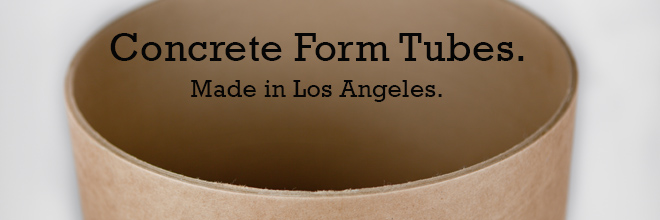
Construction projects often need concrete form tubes. Concrete form tubes are paper tubes that get their name from their application.
These paper tubes are used to “form” concrete into round posts and round columns.
The inside diameter of the concrete form tube determines the outside diameter of the post or column.
We manufacture our concrete form tubes to order, meaning, we don’t keep any stock or inventory.
And although we manufacture to order, here are some common dimensions:
Common Inside Diameters: 6″, 8″, 10″, 12″ 14″, 16″, 18″, 20″, 24″
Common Lengths: 4 foot, 8 foot, 12 foot, 24 foot
For additional product details, please visit our Concrete Form Tube product page.

